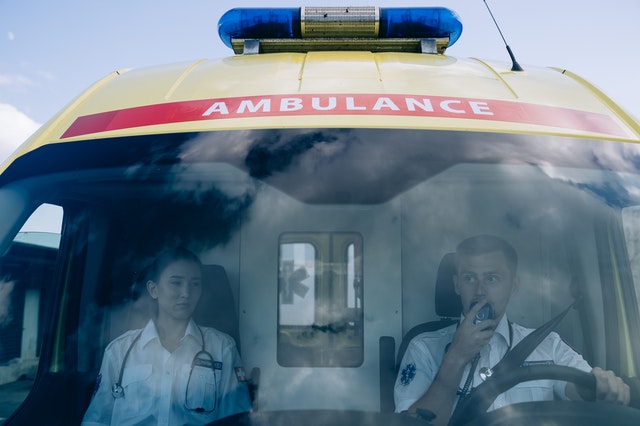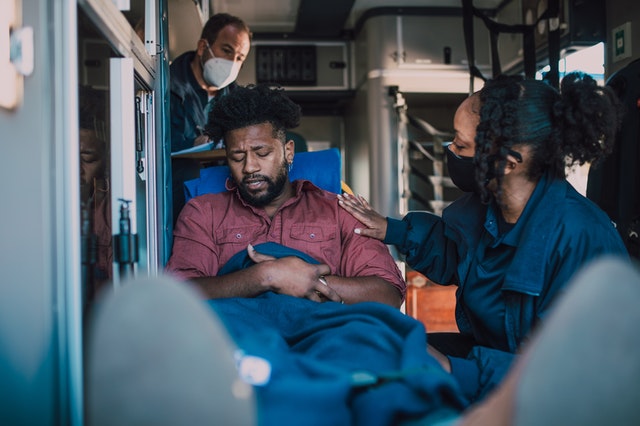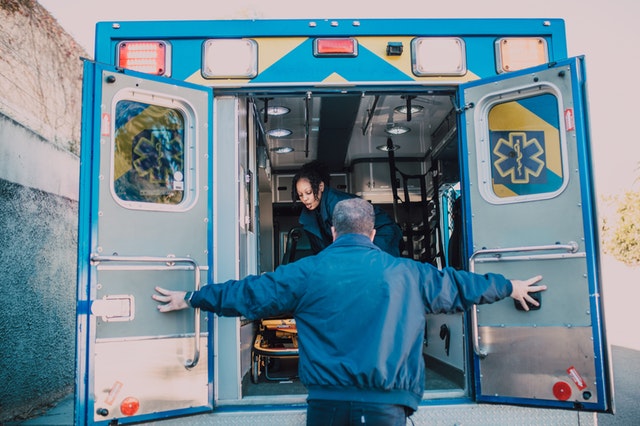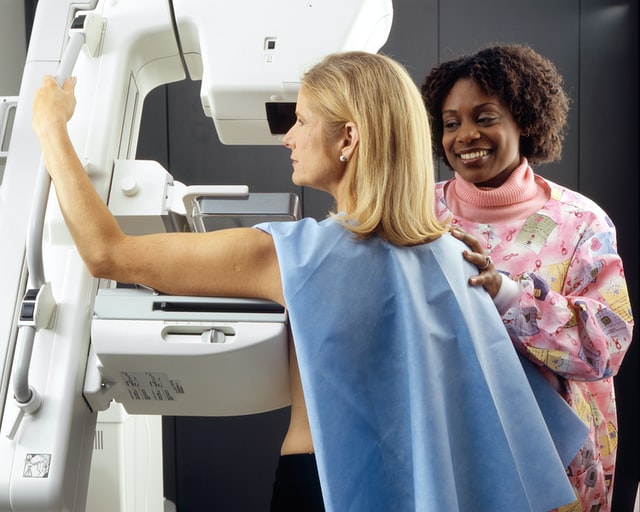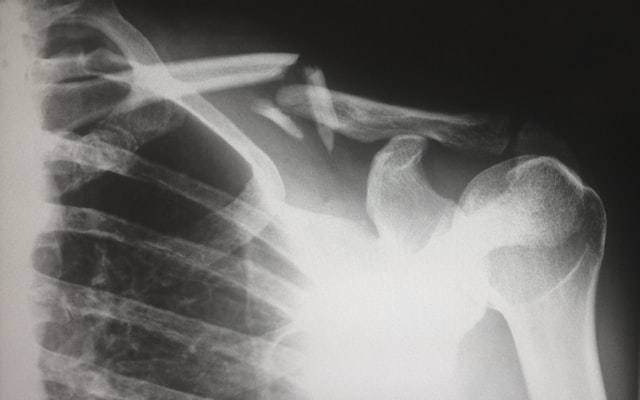A radiology report interprets images into words. The requesting physician who requests the radiology reports recommends treatment to their patient based on the findings a radiologist provides in these reports. A patient’s understanding of preliminary or final radiology interpretations is critical in treatment decisions.
An on-call radiology resident or technician may be issuing the preliminary radiology report at a hospital emergency room or an urgent care facility. A physician may need to act on the findings of this initial report before a final interpretation by the radiological physician overseeing the resident or technician.
Studies have shown a minimal discrepancy rate when physicians review the preliminary report with the final findings. A few factors, like the imaging technique and the technician’s experience level, account for most modifications in the final reports.
Why Have Preliminary Radiology Interpretation?
Hospital funding in rural areas and 24-hour urgent care facilities cannot always afford an on-staff radiology physician, and they rely on teleradiology interpretations. However, if a patient in pain arrives at the facility, the physician needs immediate information on how to proceed with the patient’s treatment.
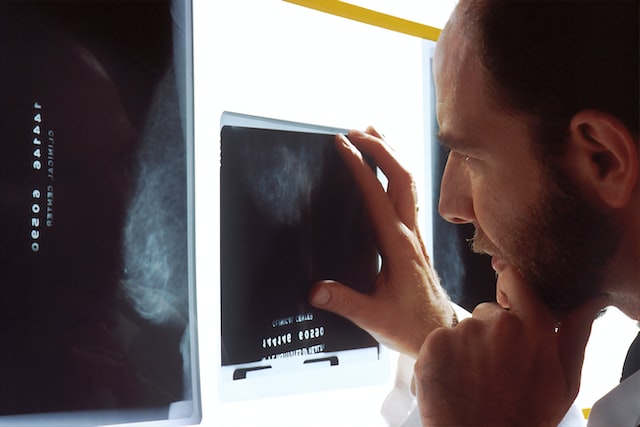
An example may be if the patient complains about severe abdominal pain. The physician must rely on the technician’s preliminary report defining acute appendicitis and perform emergency surgery. Another example may be a possible stroke victim brought into the facility. The physician cannot wait for a final report to make a life-saving decision with the patients.
Radiologist Physician Expertise for a Final Report
Few people understand the extensive education and dedication a Radiologist Physician undergoes during their career. They graduate from medical school, complete their internships and residency requirements, and interpret thousands of exams under supervision. These are just a few of the provisions of licensing.
The extensive requirements of completing a radiologist physician program limit the number of physicians available for final radiology interpretations.
With the advancement of technology in the field, teleradiology has broadened the possibility of more accessible and punctual final reads from radiologists. In most cases, it can make the need for preliminary reporting almost obsolete.
Besides an emergency, another exception may be for very complicated cases where second reads of the imagery may be pertinent to a diagnosis or treatment plan. In these cases, it is most beneficial to have a preliminary report, a second read, then a final report issued before making any decisions.
The primary goal of physicians is to make a difference in the lives of their patients, and they can do this by having timely, accurate, and well-defined information. Continuing improvement of the technical aspects of the radiology field will allow the radiologist to expeditiously provide final radiology interpretations and assist in improving patient management.

US Board Certified Teleradiologists from Vesta
At Vesta Teleradiology, our US Board Certified Radiologists can assist your facility with both preliminary and final interpretations, including subspecialty solutions like: nuclear medicine, body imaging, gastrointestinal/genitourinary diagnoses, cardiac angiography and thoracic radiology.

